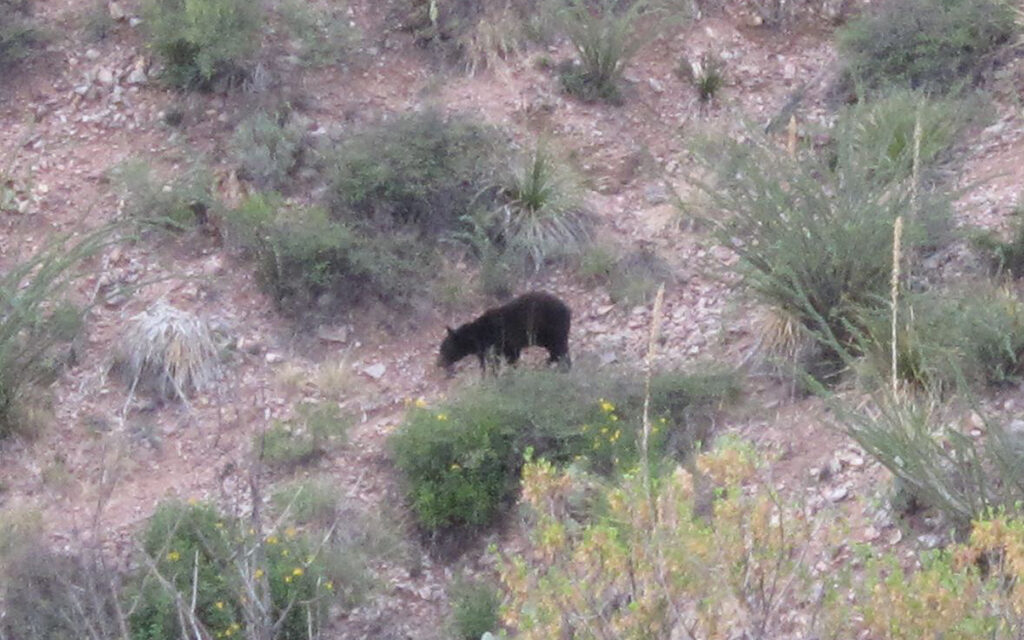by John Jefferson
The title above is borrowed from “The Wizard of Oz.”
But it’s really based on that wildlife wonderland of West Texas.
There is an unverified number of “pet” tigers in Texas, but a recent Federal law made that illegal. More on this in a later column.
The TPW Commission adopted new regulations concerning mountain lion hunting and trapping in May.
Lions may be legally hunted and killed, here.
East Texas has reported bears through the years. They are suspected to come from Oklahoma, Arkansas, and Louisiana. South Texas has had an occasional one, but the Trans-Pecos area has been confirmed to have them for years. Those are thought to migrate from Mexico.
In 1984, we stopped for something cold on a 105-degree August afternoon near Sabinal and then strolled over to an adjacent “Wildlife Park” with our iced tea.
Among other caged animals, they had a hot and uncomfortable looking black bear sitting in a cage in the sun. I asked where it came from.
The attendant looked me over suspiciously and said, “Up near Mountain Home.”
I worked several times a year “near Mountain Home,” too — and had never heard of bears, there. One was confirmed once in Kerrville, however.
On June 1, this year, the Internet reported that a vehicle struck and killed a black bear on Highway 83, three miles south of Garvn’s Store — miles from Mountain Home.
I contacted Texas Parks and Wildlife Dept. (TPWD). Dr. Dana Karelus, Ph.D., State Mammal Specialist in the Nongame & Rare Species Program at TPWD promptly confirmed the report.
“This is the first confirmed report in Real County since 2015,” Karelus told me. “Sightings from that area are generally pretty sparse and (bears) are likely wandering/dispersing young males.” They do that.
John Silovsky, TPWD Wildlife Director, added that there was a road killed bear reported recently near Sanderson in the Trans Pecos. Two auto-bear collisions killed recently made me ask if bears might be expanding their territory.
Jonah Evans, TPWD Nongame & Rare Species Program Leader responded by saying that, “It’s hard to predict what’s going on with our bears.
In 2012 we had a big spike in bear activity, and it seemed like they were moving back into certain areas. However, the reports dropped sharply in subsequent years.”
The “certain areas” he referred to include some of their historic range.
The book, “The Mammals of Texas,” states that bears “Were formerly widespread throughout Texas but are now restricted to remnant population in the mountainous areas of the Trans-Pecos region.”
An interesting article in the E-edition of the Austin American Statesman by Brandi Addison stated that bears seem to be increasing. “Black bear sightings in Texas increased from 25 in 2020 – the majority of which were in Big Bend – to 154 confirmed in 2022,” she wrote.
No sources were cited, but if the bear populations recently increased anything like that, it could support bears occurring in more places.
Maybe you’d better not leave left-over porridge on your table!
JJ





